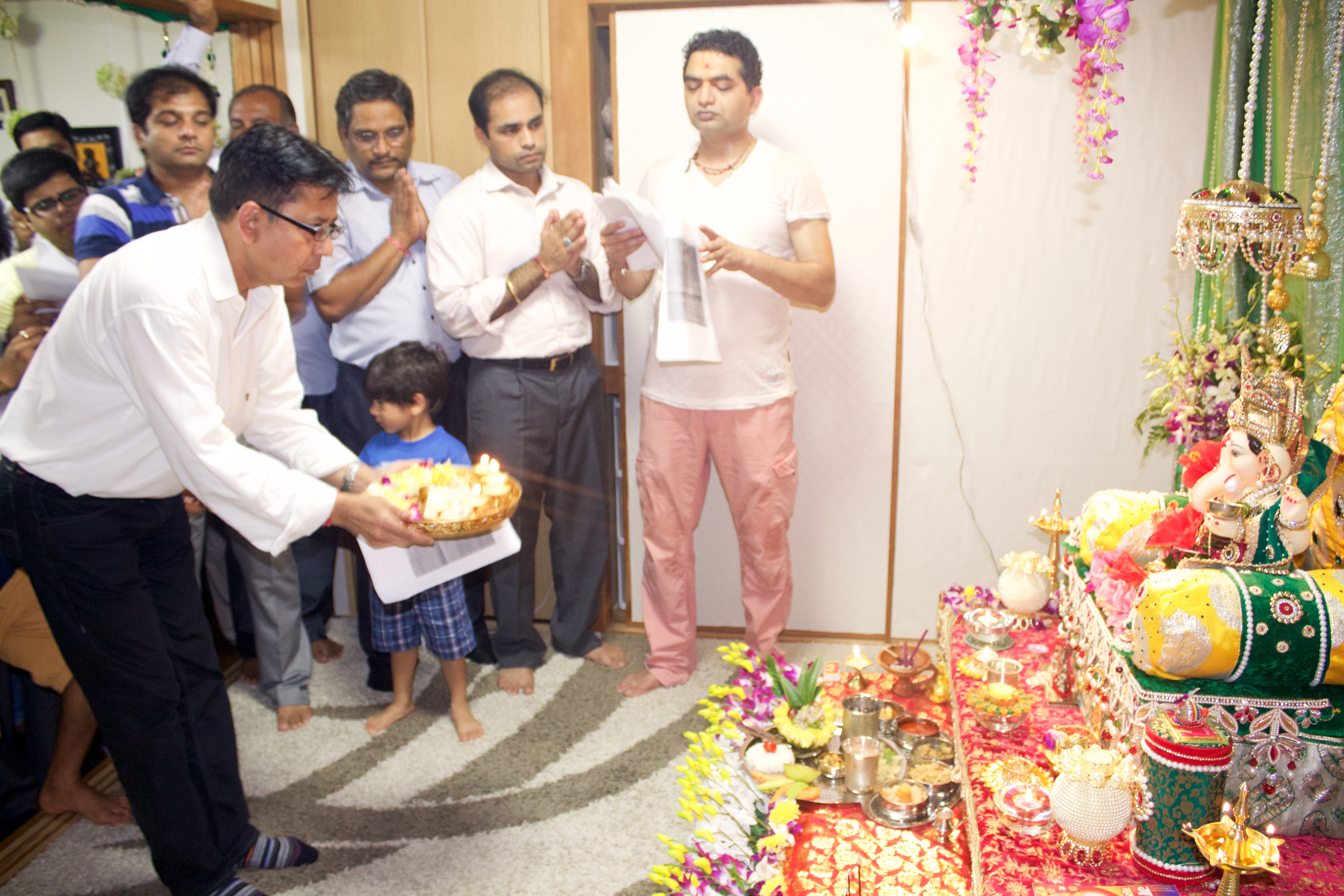Scarcely 100 years ago, the very notion of migration evoked feelings of unease among inhabitants of the South Asian subcontinent, for crossing the kalapani — the "dark, dreaded sea," as the Bay of Bengal and Arabian Sea were commonly called — was anathema to many.
Migration in those days was not viewed as propitious. Times, however, have changed, and migrants today have become targets of envy and symbols of success. The Indian diaspora today is widely dispersed over vast areas of the globe, to the extent that you could say the sun never sets on them. In recent years "IT," like "curry," has become synonymous with India, and unlike in past years, Indians today migrate not just as laborers but also as professionals.
From the days of Rabindranath Tagore, the composer of the Indian national anthem, who visited Japan in 1917, to the 2014 visit of the current prime minister, Narendra Modi, relations between the two nations have indeed come a long way. According to official statistics, the number of Indians in Japan has risen from 7,478 in 1997 to 24,524 in December 2014.



















With your current subscription plan you can comment on stories. However, before writing your first comment, please create a display name in the Profile section of your subscriber account page.